back to 2025.10.18 JOTA foxhunt at Ingawanis
4 scouts on the hunt
4 scouts on the hunt:
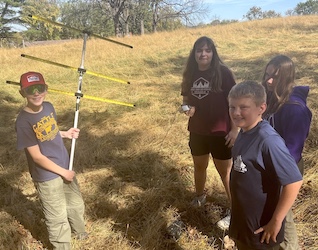
We were expecting 20-24 scouts, but had a total of 50 arrive. (plus another 15 or so adults and leaders)
Split into six groups, this increased the number of scouts per group to around 8, which was a lot for Dave
and I to handle. Most groups had one leader and sometimes a parent as well.
None of the scouts in the first few groups had any experience with fox-hunting, although by the third group we
were seeing some experienced scouts. I gave a brief introduction to radio direction finding, and how it works
with orienteering and triangulation, and then broke the scouts up into two smaller groups to each have a radio
and antenna. Scouts were encouraged to take turns with the equipment and given assistance with the first few
foxes, but left mostly on their own for the third hunt.
challenges:
1. getting the scout with the antenna to move it in a wide arc instead of focusing on the
first good signal they find and waving back and forth in a 30 degree span. Failing to give it a full 360 from
time to time often leads scouts to follow the minor lobe away from the transmitter.
2. encouraging communication between the radio and antenna scout. Often the radio scout doesn't say anything
and is just trying to pay attention to the direction the antenna is facing and the signal coming in on the
radio at the same time. It's better to hear the radio scout saying something like "it's transmitting, start
turning the antenna! go left. that's a five, left more. seven! left left left! Nine. no, seven now, too
far go back right" Sometimes the radio scout will say "that way!" and point, forgetting the antenna scout is
facing away and can't see which way they're pointing.
3. getting the radio scout used to adjusting down the signal, and teaching the importance of being able to tell
when the signal is going down OR up. 9 is as high as it goes, and you can't tell if it's getting better.
4. keeping the radio scout and ALL the other members of the group away from the antenna. groups tend to huddle
between transmissions, and often block the antenna scout from turning the beam around, which also interferes
with the accuracy of the signal.
One of the other activities for the day was creating a tape-measure beam. A few of the groups brought their
beam to my activity, but not everyone had been to the crafting activity before the hunt so they didn't all
have an antenna of their own yet. I didn't have time to check and test the ones that were brought, so I just
had the scouts use my antennas that were known good and built rugged enough to survive the event.
Since I know where the fox is hidden, I'll usually spend most of my time with whichever group is farther behind
in finding the transmitter. This helps keep the two groups close together, making for a more competitive grame
and also cutting down on my running around.
One of the scouts was in a surprisingly mobile powered wheelchair and had concerns about the accessibility of
the foxes, but the three I set out were all within his reach.
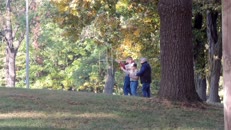
|
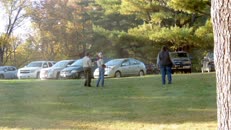
|
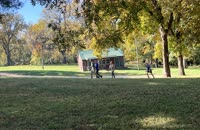
|
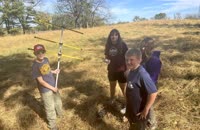
|
|
|
| 2025.10.18 08.49.31 |
2025.10.18 08.49.47 |
2025.10.18 11.21.14 |
2025.10.18 13.36.38 |
|
|
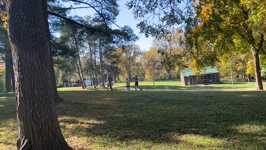
|
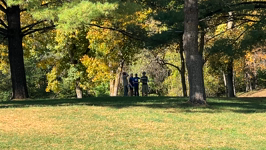
|
|
|
|
|
| IMG_4682.MOV (21 MB) |
IMG_4689.MOV (47 MB) |
|
|
|
|
highest resolution images
last updated 10/20/2025 at 14:50:49 by make_www_index.command version 2025.06.28.A